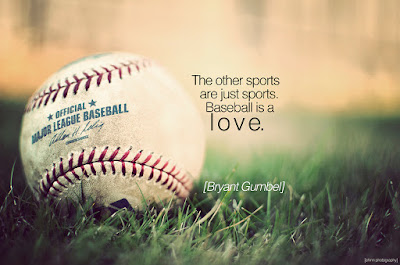Baltimore is known for many things, crabs, old bay, football,
the growing music scene, murder, etc., but one thing it is definitely not known
for is ping pong.
If you are the sort
of individual that enjoys meeting new people, learning a new skill, playing
recreational sports, and potentially drinking a beer or two, then you should
really consider getting into the growing ping pong scene in Baltimore
City. Baltimoreans have long been known
for their fondness of social sporting. Between the Baltimore Sports &Social Club and Baltimore Social, the city boasts dodgeball, kick ball, broom
ball, wiffle ball, shuffleboard, ski ball, corn hole, kan jam, and flip cup
leagues. While many in the city are familiar with these popular create your own
team leagues, many people are unaware of the numerous opportunities in the city
to play ping pong.
If you are looking to get started playing in the
city, your first stop should be to check out Ping Pong Baltimore.The group was created in 2011 by two passionate and entrepreneurial players, Marc and Alex, to give the city of Baltimore a way to connect
and play some pong.
 |
| Outdoor Table at Wyman Park |
Their greatest feat and gift to the city of Baltimore is the
permanent outdoor ping pong table in Wyman Park. It was installed in August of 2014 after three
years of online fundraising, community support, a few grants, and a whole mess
of city paperwork. Located in Charles Village in North Baltimore, you can find
the table in the park on the corner of 29th and Charles Street to
the left of the playground. When coming to the outdoor table, be sure to bring
your own paddle, ball, and a friend. Don’t know anyone else in the area who
likes to play ping pong? That’s what ping pong Baltimore is all about! All you
have to do is join their Facebook group, and simply post when you’ll be at the
table and ask if anyone would like to join. More often than not people respond,
even if just to express their regrets.
 |
| 29th Street Community Center |
During the winter the guys of Ping Pong Baltimore organize
free open play at the 29th Street Community Center. They have five
tables and a
selection of paddles and balls. The community center ping pong is on Thursdays
from 6pm-8pm in the gymnasium, and Saturdays from 11am-1pm in the hobby
room. Just follow the calming sounds of
bouncing ping pong balls.
Now if you prefer a beer with your game, there are a ton of
great locations in the city to crush a brew and people’s ping pong dreams.
 |
| The Windup Space |
The Windup Space is a quaint venue and bar located in the Station
Arts North District. The walls are adorned with always changing artwork from
local artists, and there are even a couple pin-ball machines to play around on.
The charming owner of the space, Russ, is a lifelong ping pong player. There
are two tables total, and a selection of paddles and balls for people to enjoy.
Ping pong here comes with an eclectic vibe and the occasional themed day, such
as Dr. Wu Pong (Dr. Who on mute with subtitles being projected while playing
the musical styling's of the Wu Tang Clan). Cheap beers make the Windup space
the ideal place to come and play. Ping pong is either on Wednesday or Saturday
from 5pm-8pm. Days will change based on whether there is a show booked that
night, so be sure to check online before heading out.
There is also a table set up in the Mount Vernon Marketplace
next to Pinch Dumplings. The marketplace is home to a host of different
vendors in a large, lofty space, which makes it ideal for some pong. The only downsides
to this table are that there is not much room on one side, and the beers clock
in at a whopping $8 a pop. Be sure to
bring your own paddle and ball when visiting this location.
 |
| Table in Mount Vernon Marketplace |
The Laughing Pint in Highlandtown and No Idea Tavern in
South Baltimore also have a table, paddles, and balls for people to use. They
both also offer great happy hour specials and drink prices.4
For the individuals who don’t wish to deal with nature’s
whims at the outdoor table, or the mediocre tables generally found in bars, Baltimore
has something for you too. Baltimore Table Tennis will satisfy your desire for
consistency. In session September through July, BTT meet’s Mondays and
Thursdays at Old Court Middle School. Be warned there is a $90 fee per year, so
this is not for the faint of pocketbook.
No matter what type of ping pong experience you are looking
for, chances are Baltimore has it. Whether you are trying to join the welcoming
and growing community of the Ping Pong Baltimore folk, practice regularly with
BTT, or play drunken games with friends and strangers at a bar, look no further
than your own backyard, good ol’ charm city.
 |
| Tables at ArtScape |

















